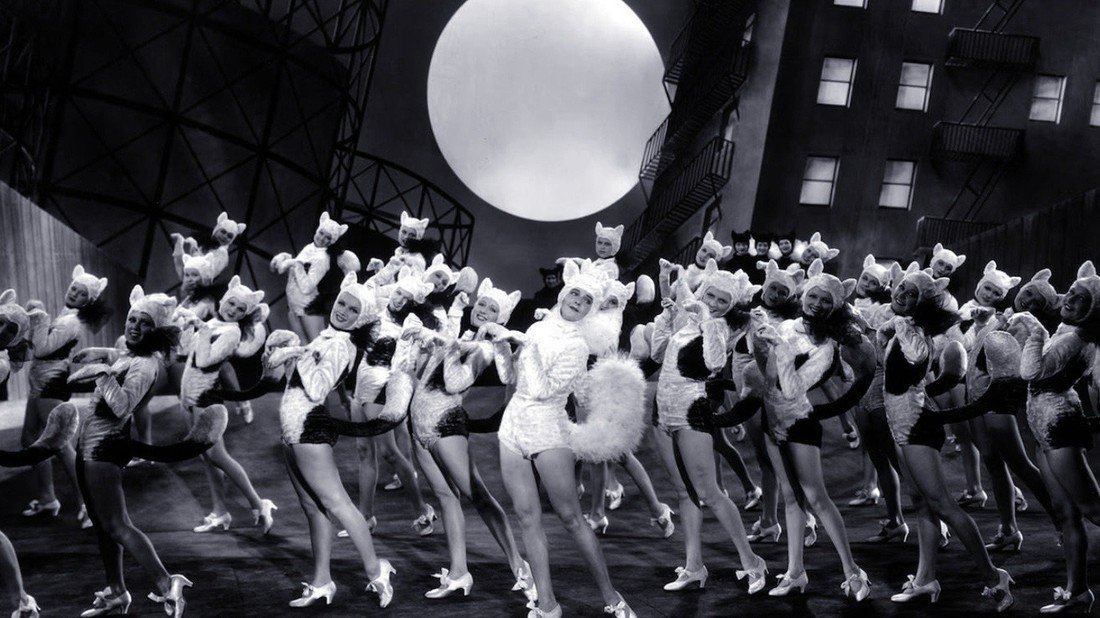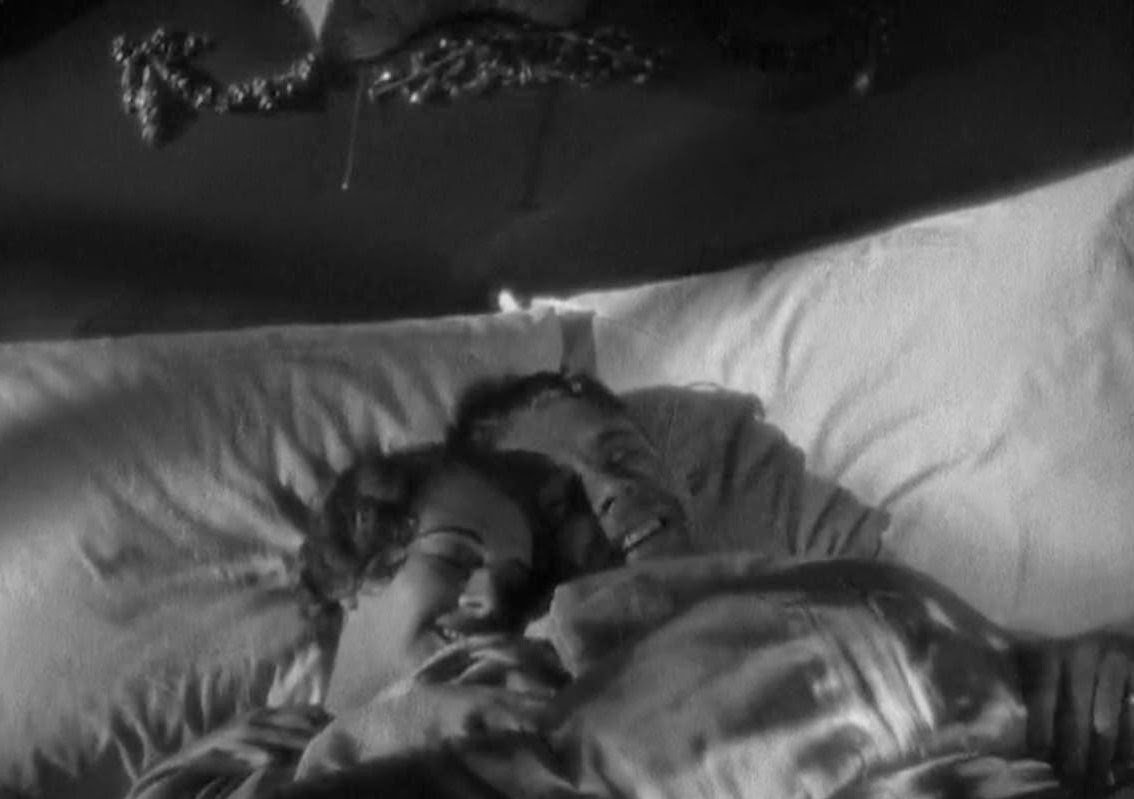Footlight Parade
“Footlight Parade,” directed by Lloyd Bacon and released in 1933, is a vibrant and dazzling musical film that encapsulates the exuberance and innovation of 1930s cinema. Known for its breathtaking choreography by Busby Berkeley, “Footlight Parade” remains a testament to the creative spirit of the era. Footlight Parade This film is a cornerstone of the musical genre, blending humor, romance, and spectacular production numbers. Let’s explore the magic of “Footlight Parade” and its lasting impact on the world of film.
Director Lloyd Bacon and Choreographer Busby Berkeley
Lloyd Bacon
Lloyd Bacon, an accomplished director of the early sound era, helmed “Footlight Parade” with a keen sense of pacing and comedic timing. His ability to balance story and spectacle made him a perfect fit for the musical genre.
Busby Berkeley
Busby Berkeley, the visionary choreographer behind the film’s iconic musical numbers, brought a new level of innovation and artistry to Hollywood musicals. His imaginative and elaborate dance routines, characterized by geometric patterns and kaleidoscopic visuals, became a hallmark of the genre.
Plot Summary
“Footlight Parade” follows Chester Kent, a talented and ambitious Broadway director, as he navigates the challenges of the entertainment industry during the Great Depression. Faced with declining ticket sales due to the advent of talking pictures, Chester reinvents himself by creating “prologues,” live musical numbers performed before movies in theaters. Alongside his loyal secretary, Nan Prescott, and his friend, Scotty Blair, Chester battles competitors, financial troubles, and romantic entanglements to stage the ultimate show.
Characters
Chester Kent
Played by James Cagney, Chester Kent is a dynamic and charismatic figure whose determination drives the film. Cagney’s energetic performance captures Chester’s relentless pursuit of success and his creative genius.
Nan Prescott
Joan Blondell portrays Nan Prescott, Chester’s devoted secretary and confidante. Her sharp wit, unwavering support, and subtle romantic interest in Chester add depth to the narrative.
Scotty Blair
Scotty Blair, played by Frank McHugh, is Chester’s amiable and humorous friend. His comedic timing and loyal friendship provide a lighthearted counterpoint to Chester’s intense ambition.
Supporting Characters
The film features a colorful ensemble cast, including Ruby Keeler as Bea Thorn and Dick Powell as Scotty’s friend, who bring charm and talent to the musical performances.
Themes and Symbolism
The Great Depression and Escapism
“Footlight Parade” reflects the societal need for escapism during the Great Depression. The film’s lavish musical numbers and comedic elements offer audiences a temporary reprieve from economic hardships.
Show Business and Innovation
The film explores the relentless innovation required in show business. Chester’s creation of prologues symbolizes the industry’s adaptability and the perpetual quest for novelty and excitement.
Love and Ambition
Love and ambition are intertwined in the narrative, with Chester’s professional drive often clashing with his personal relationships. The film highlights the sacrifices and rewards of pursuing one’s dreams.
Cultural Context
Set against the backdrop of the 1930s, “Footlight Parade” captures the zeitgeist of a rapidly changing entertainment industry. The film’s production during the Pre-Code era allowed for bolder themes and more risqué content, reflecting a more liberated cinematic landscape.

Musical Numbers and Choreography
Notable Musical Sequences
The film’s standout musical numbers include “Honeymoon Hotel,” “By a Waterfall,” and “Shanghai Lil.” Each sequence showcases Berkeley’s innovative choreography and the cast’s impressive performances.
Busby Berkeley’s Signature Style
Berkeley’s choreography is characterized by its grand scale, intricate patterns, and fluid camera movements. His ability to transform simple dance routines into mesmerizing visual spectacles set a new standard for musical films.
Cinematography and Visual Style
The cinematography of “Footlight Parade” employs dynamic camera angles, creative lighting, and seamless transitions between scenes. The visual style enhances the film’s narrative flow and adds to the overall spectacle.
Critical Reception
Upon its release, “Footlight Parade” received positive reviews for its entertainment value, performances, and innovative choreography. Critics praised the film’s ability to blend humor, romance, and musical grandeur seamlessly.
Impact on Musical Cinema
“Footlight Parade” had a profound influence on the musical genre, inspiring future filmmakers to push the boundaries of choreography and visual storytelling. The film’s success helped solidify the musical as a staple of Hollywood cinema.
International Recognition
The film was well-received internationally, with audiences and critics alike appreciating its artistic and entertainment merits. “Footlight Parade” earned several accolades and remains a beloved classic worldwide.
Memorable Scenes
The film is filled with memorable scenes that leave a lasting impression. From the aquatic ballet in “By a Waterfall” to the patriotic fervor of “Shanghai Lil,” each scene is crafted with precision and flair, captivating audiences with its creativity.
Music and Sound
The score of “Footlight Parade,” composed by Harry Warren and Al Dubin, features catchy melodies and memorable lyrics that enhance the film’s lively atmosphere. The use of sound design and effects further immerses viewers in the world of 1930s show business.
Lessons from “Footlight Parade”
“Footlight Parade” offers valuable lessons on perseverance, creativity, and the power of entertainment. The film encourages viewers to embrace innovation and pursue their passions, even in the face of adversity.
Conclusion
“Footlight Parade” is a masterful blend of comedy, romance, and musical spectacle. Its enduring appeal lies in its ability to capture the spirit of the 1930s while showcasing timeless themes of love, ambition, and creativity. As we revisit this classic, it remains a shining example of the golden age of Hollywood musicals.
External Resources : https://megatechy.com/
